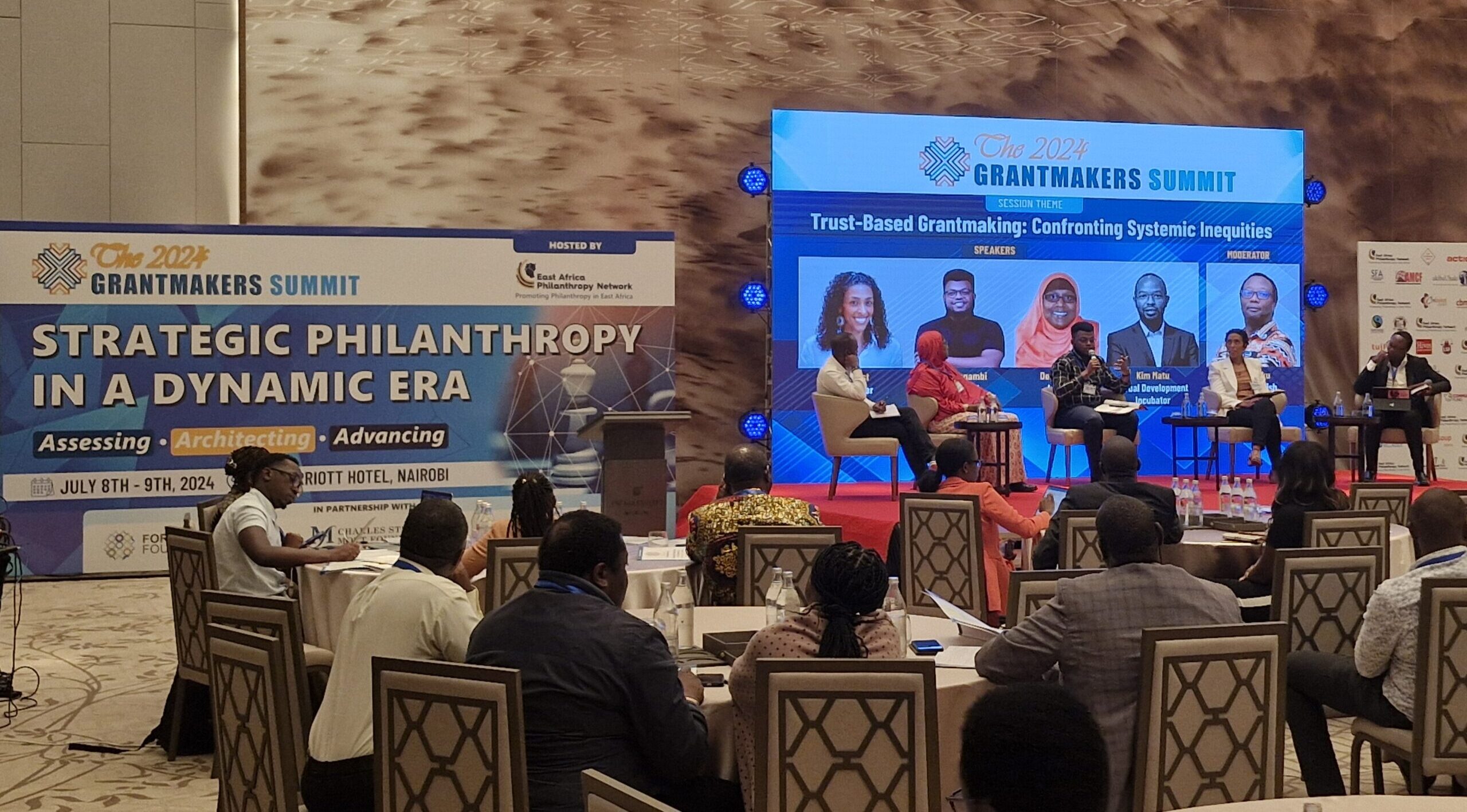
Small Foundation explores design considerations for investment vehicles
Small Foundation is pleased to share new research and learnings on design considerations for investment vehicles by way of this three-part series.
Central to Small Foundation’s theory of change is the need for expansion of access to knowledge, skilled human resources, finance, technology and markets for rural impacting micro, small and medium enterprises (MSMEs) through sustainable, scalable solutions. Ultimately to achieve the scale required we believe these solutions need to be offered through commercially viable models.
In 2020 Small Foundation commissioned three research studies that explored design considerations for impact funds focusing on:
- Liquidity mechanisms
- Technical assistance delivery
- Foreign currency risk management
In this first part of the series, we are pleased to share Palladium Impact Capital’s findings regarding liquidity mechanisms and Small Foundation’s own key learnings. This research examines different liquidity mechanisms and structures, highlighting the pros and cons of each.
Agricultural enterprises tend to grow slowly and so need long time horizons to reach scale, while many investors require liquidity on shorter time horizons. For example, typical private equity fund structures with a 10-year lifespan require investment holding periods of only 5-7 years; often too short for agricultural enterprises to achieve their full growth potential and maximise returns for investors.
Recognising this challenge, Small Foundation explored options for investors who require liquidity in shorter time frames. The report highlights different liquidity mechanisms. Each of the mechanisms have clear benefits and drawbacks and, unsurprisingly, there is no single ‘silver bullet’ in addressing the liquidity challenge. However, combining mechanisms may contribute to a better solution than exists in the market today. Ultimately, to accelerate change, more capital over longer time horizons required.
Small Foundation continues to seek models that can deliver the flexible, catalytic capital that is critical in supporting MSMEs, whilst also meeting investor needs. We hope that the liquidity mechanisms detailed in the report can help in the development of these models. For the full range of findings and insights please find the report here.
The second post in this monthly three-part series will look at models for technical assistance provision. The third will examine design considerations for managing currency risk.

